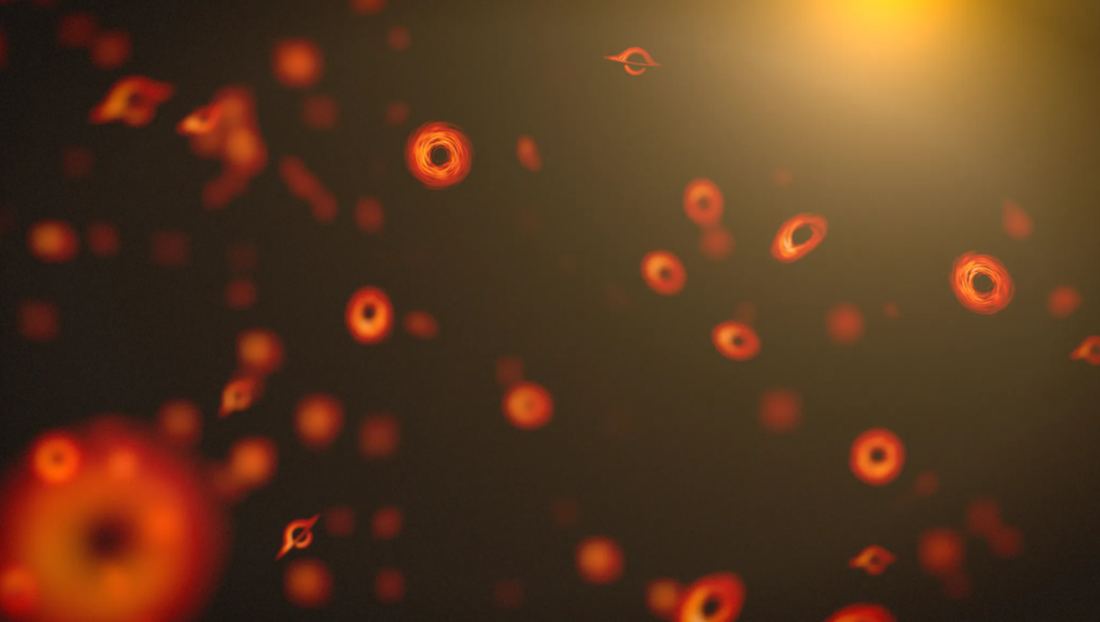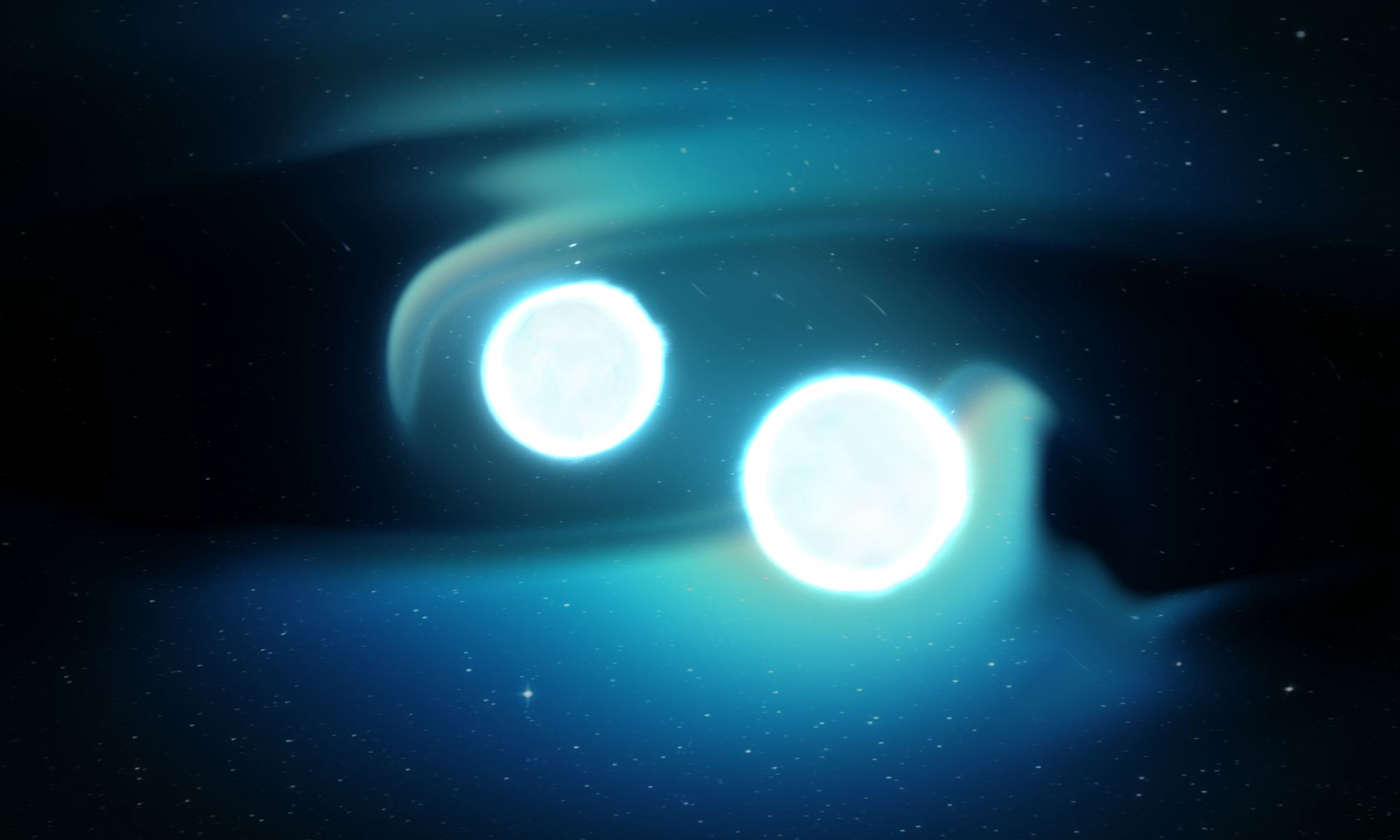The merging of black holes and neutron stars are among the most energetic events in the universe. Not only do they emit colossal amounts of energy, they can also be detected through gravitational waves. Observatories like LIGO/Virgo (Laser Interferometer Gravitational Wave Observatory) and KAGRA (The Kamioka Gravitational Wave Detector) have detected their gravitational waves but new gravitational wave observatories are now thought to be able to detect the collapse of a massive rapidly spinning star before it becomes a black hole. According to new research, collapsing stars within 50 million light years should be detectable.
Continue reading “For Their Next Trick, Gravitational Wave Observatories Could Detect Collapsing Stars”For Their Next Trick, Gravitational Wave Observatories Could Detect Collapsing Stars




